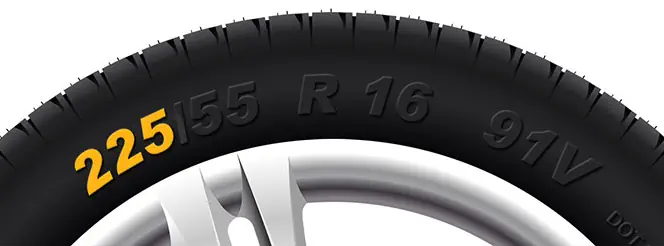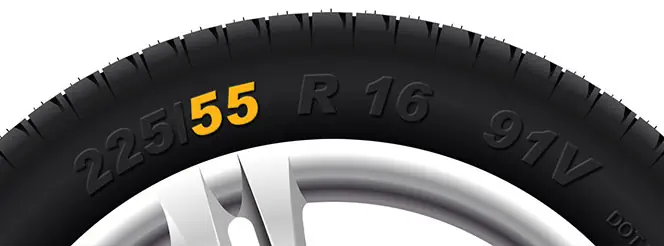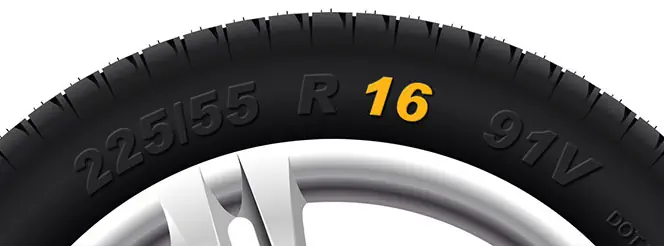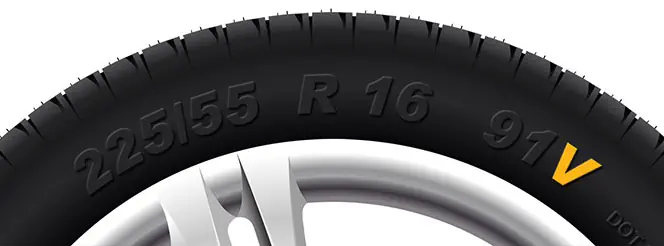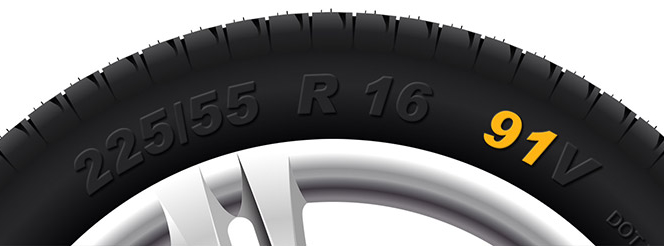Why A Regular Oil Change Is Important
Jessica Bird | Saturday 9th August 2025 3:04pm

An oil change is one of those essential pieces of car maintenance that can be very easy to put off. It can be a case of out of sight, out of mind, as your car may appear to be running fine despite not having an oil change in recent memory.
However, by delaying your carís oil change, you could risk causing irreversible damage to your engine components, which could land you with a steep repair bill further down the road.
Read on to learn exactly why changing your carís oil regularly is such a crucial part of car maintenance.
The importance of your car's engine oil
Engine oil (or Ďmotor oilí) serves several purposes, the most notable being to lubricate the moving parts of your engine and protect them from seizing up. Without proper lubrication, the intricate components within the engine will rub together, which could ultimately cause severe damage to the engine.
Motor oil also serves to cool the engine and draw heat away from the combustion chamber, where the temperature can get dangerously hot if not for the liquid properties of the oil to help cool things down.
Why do you need to change the oil in your car?
Perhaps youíve checked the dipstick recently and found that the oil level is fine. By that token, no action is needed, right?
Wrong. The oil level in your engine is very important, but itís just one factor that needs to be considered.
From engine lubrication and lifespan to emissions levels and corrosion, regular oil changes are essential for keeping your engine healthy and running as it should. Below is a list of reasons why you need to change the oil in your car on a regular basis.
To keep your engine clean
During sustained use, your carís oil picks up debris and other contaminants that can make it dirty. While your oil lubricates your engine, it picks up any residue that may have accumulated there over time and removes it through the oil filter. This is why itís essential to regularly replace both the filter and oil, to prevent unnecessary buildup and a reduction in how effectively debris is filtered out.
The difference between old, dirty and new, clean oil is very easy to see. The oil that goes in your car is a golden liquid very similar to maple syrup; what comes out after 4,000-5,000 miles is a black tar-like substance that is much thicker and far less effective as a lubricant.
To keep your engine lubricated
Fresh, clean oil is better at lubricating the critical moving parts of your engine and reducing any friction and heat, which would otherwise lead to wear and tear over time.
Old, dirty oil can clog up the engine and impact performance levels, not to mention that it is far less effective at keeping critical parts lubricated and free from operational damage. These parts include:
- The camshaft
- The crankshaft
- The pistons inside the engine cylinder.
Without sufficient lubrication, these components can easily get damaged and negatively impact fuel efficiency, emissions, and performance.
To bring down your emissions
Generally speaking, the fresher your oil, the smoother your engine runs, resulting in lower emissions levels. While often overlooked (unless planning a route through a ULEZ), your carís emissions levels really do matter, especially since theyíre now also a part of your MOT.
In the emissions test part of an MOT, the number of pollutants (or hydrocarbons) released from your exhaust is measured. Old, contaminated oil causes a build-up of these pollutants which can result in more of these particles being released, and a higher emission score.
Getting your oil changed regularly is a simple way to guarantee that your car passes the emissions test while also reducing your carbon footprint.
To improve fuel efficiency
An engine that works well requires less power to convert fuel into energy. And an engine thatís lubricated with new, fresh oil is undoubtedly an engine that works well. Connect the dots ó if you look after your engine with regular oil changes, you can save on fuel. However marginally. It all adds up!
To optimise engine performance
As weíve said above, engines work at their very best when they are clean and lubricated with new, fresh oil. For better engine power, acceleration, and all-around performance, swap out the old oil that has started to become more viscous, clogging up the engine and hindering how well it can perform.
To maximise mileage
Mileage refers to the number of miles that your car can travel using a litre of fuel (or a gallon). While a number of factors can contribute to your mileage (namely driving habits and weight of vehicle), engine oil is among them. An engine lubricated with fresh oil is much less likely to encounter friction, placing less stress on the engine and allowing it to reach more optimum mileage by not wasting energy.
To prevent corrosion of core components
If left unchanged for a long time, old oil that is full of contaminants can begin to corrode the core components of your engine. To keep the critical parts of your engine working well without risk of corrosion, replace your oil and filter regularly.
To increase engine lifespan
Just like any car part ó from brakes to suspension ó your engine simply wonít last as long as it could without proper maintenance and care. To ensure your engine doesnít pack up on you well before itís time, swap out that old oil. Whether itís your pride and joy car or an old banger youíve bought to keep moving, guarantee the longevity of your engine by treating it to a healthy glug of fresh oil every year.
To save money on repairs
If your engine does decide to abandon all hope, thereíll be a hefty repair bill coming your way. Even if itís only minor engine-related repairs that need doing, these things can be expensive, especially if multiple happen at once (which they often do). Do your future self a favour and reduce the likelihood of costly engine repairs with regular engine oil changes.
Change your car oil regularly
Knowing when to change your oil isnít an exact science, but most vehicle manufacturers recommend doing this every 3,000-5,000 miles. At Kwik Fit, we offer an Engine Oil and Filter Change procedure to keep your vehicle's engine running optimally.
A full oil and filter change will be included in your vehicleís annual service, but if you clock up a lot of miles or regularly spend a long time sitting in traffic jams, itís recommended that you have your oil changed sooner rather than later.
The best advice is to check your vehicle handbook to find out the recommended oil change interval for your specific car.
Get your oil changed at Kwik Fit
Book your car in for an Engine Oil and Filter change at your local Kwik Fit to enjoy better engine performance, greater peace of mind, reduced fuel bills, and cleaner, greener driving. Got a question about your carís oil or engine health? Contact our team of trained technicians today who can diagnose the issue in no time.
Any facts, figures and prices shown in our blog articles are correct at time of publication.
Featured Articles
Is it Illegal to Drive With One Headlight?
Saturday 19th July 2025
Wondering if itís illegal to drive with one headlight? Learn about the safety risks and penalties of illegal blown bulbs and why you should fix them promptly.
Air Con in EVs & Hybrids: Experts Answer Your Questions
Monday 30th June 2025
Does air con drain EV batteries? Can you use the air con while charging an electric car? Find out the answers to these questions & more from Kwik Fitís experts.
Why Is Your Car Making a Noise? Fixes & Tips
Friday 13th June 2025
When your car starts making unexpected noises, it can certainly be quite disconcerting; it may be nothing to worry about, but hereís what you need to know.





